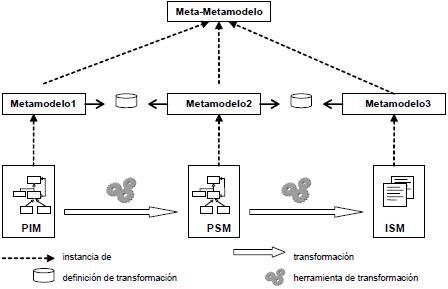Modelo de requerimientos y de funcionalidad de software basado en MDA y UML para la gestión de proyectos y convenios globales
DOI:
https://doi.org/10.33017/RevECIPeru2017.0002/Keywords:
Model Driven Architecture (MDA), Unified Modeling Language (UML), Software DesignAbstract
The purpose is to develop architecture models that are independent of the software platform for the management of information of global projects and agreements. That is guided by the Model Driven Architecture (MDA) approach that may help solving at the same time both problems of industrialization and ever-changing software infrastructures [1]. This software architecture approach promotes the separation of the specification from the functionality of the implementation of this functionality into specific platforms. In the architecture of the software system for the management of global projects and conventions, the main modules were determined: cooperators module, data module of the project or agreement, budget module, finance module and activity tracking module and elaboration The following models: requirements, structure of object classes and sequence. These models are the primary drivers in all aspects of software development. The models have different views such as: Model of the structure of the system and the functionality of the modules. For the elaboration of the models the Unified Modeling Language (UML) has been used. UML is a modeling language and not a method, it is in the notation (mainly graph) of which the methods are used to express the designs and that in the software process is the orientation that they do not give on the steps to follow to do the design [2].


